With Nikon releasing its second-generation Z6 II and Z7 II mirrorless cameras, our readers might be wondering about how these cameras compare in terms of features and image quality. While these cameras are quite similar in many ways (even having identical control layouts and the exact weight), there are plenty of differences under the hood. If you are thinking of buying either the Z6 II or Z7 II, this article will help you understand the pros and cons of each.
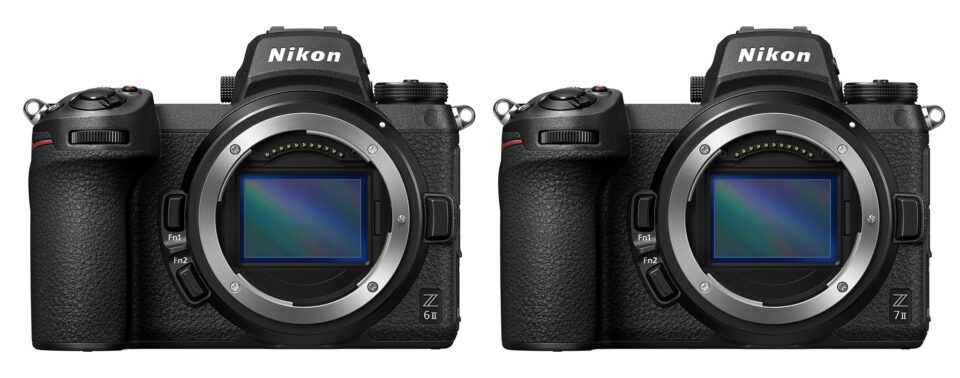
Nikon Z6 II and Z7 II Specifications Comparison
Before I talk about image quality, let’s first discuss what these cameras are used for, and show their differences in terms of key specifications. While the Nikon Z6 II is targeted as a general-purpose mirrorless stills and video camera with its 24 MP sensor, 14 FPS continuous shooting speed, and 273 focus points, the Nikon Z7 II is a more specialized offering with a high-resolution 45.7 MP sensor. Both cameras offer hybrid autofocus systems, with on-sensor phase-detection and contrast-detection AF, capable of actively tracking subjects when recording high-quality 4K videos.
Ergonomically, there are practically no differences between the first and the second-generation Z6 and Z7 cameras. However, Nikon added quite a bit of horsepower in the second generation cameras with dual EXPEED 6 processors, in addition to significantly increasing camera buffer. A secondary SD UHS-II compatible memory card slot has been added, and now both cameras can be used with a real battery grip that features buttons and dials.
Let’s take a look at the specifications of the two cameras in more detail:
| Camera Feature | Nikon Z6 II | Nikon Z7 II |
|---|---|---|
| Sensor Resolution | 24.5 MP | 45.7 MP |
| Low-Pass Filter | Yes | No |
| Sensor Type | BSI CMOS | BSI CMOS |
| Base ISO | ISO 100 | ISO 64 |
| Native ISO Sensitivity | ISO 100-51,200 | ISO 64-25,600 |
| In-Body Image Stabilization | Yes, 5-axis | Yes, 5-axis |
| Sensor Size | 35.9 x 24.0mm | 35.9 x 23.9mm |
| Image Size | 6048 x 4024 | 8256 x 5504 |
| Image Processor | Dual EXPEED 6 | Dual EXPEED 6 |
| EVF Type / Resolution | QVGA / 3.6 Million Dots | QVGA / 3.6 Million Dots |
| EVF Coverage | 100% | 100% |
| EVF Magnification | 0.8x | 0.8x |
| Built-in Flash | No | No |
| Flash Sync Speed | 1/200s | 1/200s |
| Storage Media | 1x CFe / XQD + 1x SD UHS II | 1x CFe / XQD + 1x SD UHS II |
| Continuous Shooting Speed | 14 FPS | 10 FPS |
| Camera Buffer (12-bit Lossless) | 124 | 77 |
| Max Shutter Speed | 1/8000 | 1/8000 |
| Min Shutter Speed | Up to 900 sec | Up to 900 sec |
| Electronic Front-Curtain Shutter | Yes | Yes |
| Exposure Metering Sensor | TTL metering using camera image sensor | TTL metering using camera image sensor |
| Autofocus System | Hybrid PDAF | Hybrid PDAF |
| Focus Points | 273 | 493 |
| Low-Light Sensitivity | -4.5 to +19 EV | -3 to +17 EV |
| Focus Peaking / Peaking Colors / Levels | Yes / Red, Yellow, Blue, White / 3 | Yes / Red, Yellow, Blue, White / 3 |
| Video Maximum Resolution | 4K @ up to 60p, 1080p @ up to 120p | 4K @ up to 60p, 1080p @ up to 120p |
| 4K Video Crop | 1.0 (30p), 1.5x (60p) | 1.08x |
| HDMI Out / N-LOG | 4:2:2 10-bit HDMI Output / Yes | 4:2:2 10-bit HDMI Output / Yes |
| HLG / HDR Out | Yes / Yes | Yes / Yes |
| Zebra Stripes | Yes | Yes |
| Audio Recording | Yes | Yes |
| Articulating Touch LCD | Yes, Tilting | Yes, Tilting |
| Touchscreen | Yes | Yes |
| LCD Size / Resolution | 3.2″ / 2.1 Million Dots | 3.2″ / 2.1 Million Dots |
| GPS / Wi-Fi / Bluetooth | No / Yes / Yes | No / Yes / Yes |
| Intervalometer + Timelapse Movie | Yes | Yes |
| Firmware Update via Snapbridge | Yes | Yes |
| Battery | EN-EL15c | EN-EL15c |
| Battery Life (CIPA) | 340 shots | 360 shots |
| Weather Sealed Body | Yes | Yes |
| USB Version | Type-C 3.1 | Type-C 3.1 |
| Weight (Camera Body Only) | 615g (21.7oz) | 615g (21.7oz) |
| Dimensions | 134 x 100.5 x 69.5mm (5.3 x 4.0 x 2.8″) | 134 x 100.5 x 69.5mm (5.3 x 4.0 x 2.8″) |
| MSRP | $1,999 (check price) | $2,999 (check price) |
As you can see, while both Z6 II and Z7 II offer very similar features, there are some differences that might make one camera more preferable over the other, depending on your needs. Are you primarily interested in the video features of these cameras? If so, the Z6 II is arguably a better choice than the Z7 II, since its 4K video is downsampled from the full width of the sensor at 1.0x crop. Sensor resolution is the main difference between the cameras, with the Z6 II featuring a 24 MP sensor, while the Z7 II has a much higher resolution 45 MP sensor. For some photographers, lower resolution images are preferable, since they take up less space and don’t require as much computing power to work with. Others, who primarily engage in landscape, architecture and product photography will prefer 45 MP in order to make larger prints.
Interestingly, Nikon decided to go with a slightly higher-end autofocus system on the Z7 II, which has a total of 493 focus points, while the Z6 II is limited to 273 focus points. However, these numbers don’t mean much in the real world, because the autofocus performance of the two cameras is very similar. In fact, when shooting in low-light situations, the autofocus system on the Z6 II has better AF detection range of -4.5 EV to +19 EV, while the Z7 II has -3 EV to +17 EV. In addition, the Z6 II has a faster continuous shooting rate of 14 FPS compared to 10 FPS on the Z7 II. Add a large buffer that can accommodate 124 RAW images (vs 77 on the Z7 II), and it appears that the Z6 II is better suited for fast action photography – that’s 8.9 seconds of continous shooting vs 7.7 before the buffer fills up.
In short, if you don’t need more than 24 MP of resolution and if you shoot lots of video content, the Z6 II is a better choice, especially considering that it is $1000 cheaper. However, if you do the type of work that could benefit from high-resolution images, then the Z7 II is the way to go.
Next, we will take a look at how these two cameras differ in high ISO performance, side-by-side.
Nikon Z6 II vs Nikon Z7 II High ISO Performance Comparison
Nikon did not update the sensor technology on its second-generation camera bodies, so we can expect the two to be identical in their performance to their predecessors. Let’s take a look at how the two differ at ISOs above 800. In order to compare 24 MP versus 45 MP side-by-side, I downsampled the Z7 images to match the Z6’s resolution. The Z6 is on the left, and the Z7 is on the right:
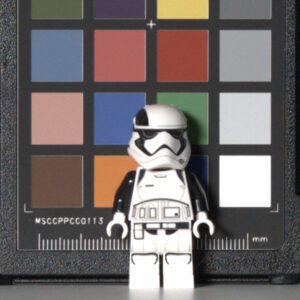
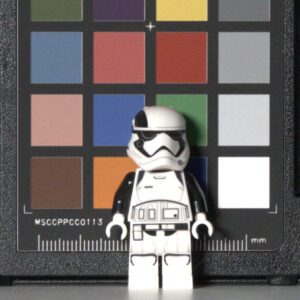
Although both cameras look great at ISO 800 and 1600, we can already start seeing differences in noise performance, with the Z6 looking a little cleaner.

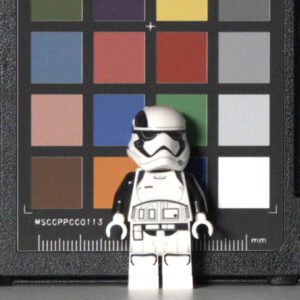
At ISO 3200 and 6400, the Z6 clearly looks better than the Z7. This is especially noticeable in the red and pink swatches. Although the Z7 is still the sharper file at both ISOs, I am starting to prefer how the Z6 looks. But especially at ISO 3200, it is a bit of a toss-up:
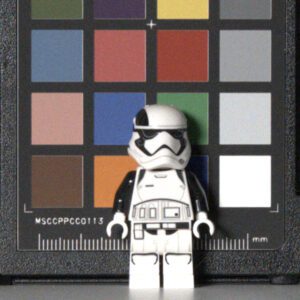
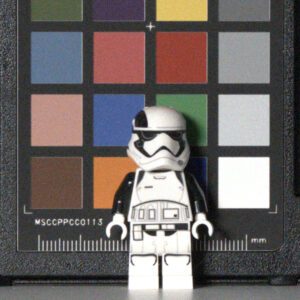
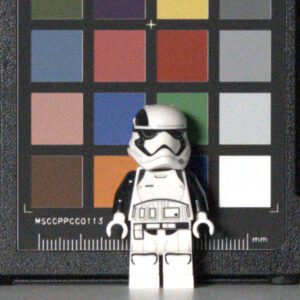
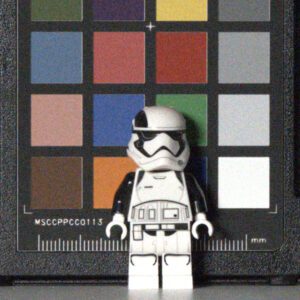
The Z6 starts pulling away at ISO 12,800. Pay attention to the green, pink, red, and gray swatches. Although the Z7 still shows reasonable performance, and remains slightly sharper, the Z6 performs better overall at this ISO:
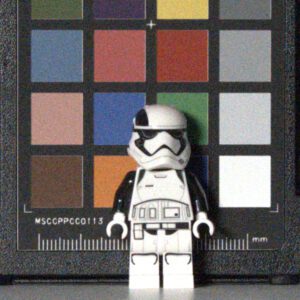
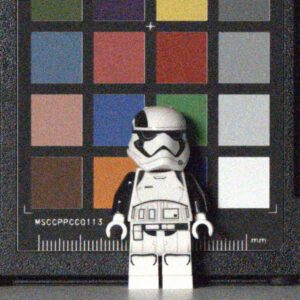
By ISO 25,600, it is clear that the Z6 is ahead in noise performance, and the extra noise in the Z7 has essentially eliminated the sharpness advantage. The better file here is definitely the Z6’s:
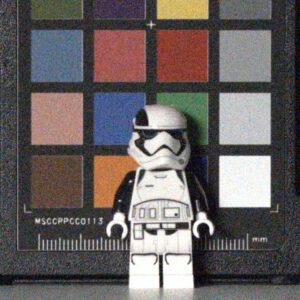

And at ISO 51,200, the Z6 not only wins in noise but also detail and sharpness, leaving the Z7 clearly behind:
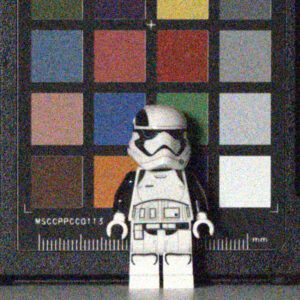

Lastly, at ISO 102,400, the Z6 is far ahead of the Z7 in every way, including brightness. However, both images are pretty much unusable:
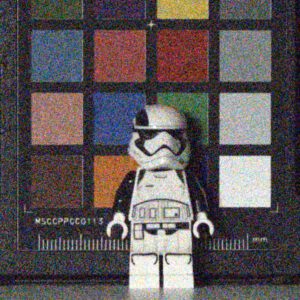
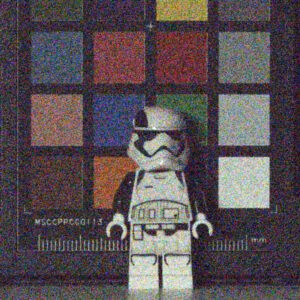
The takeaway here is that the Z6 is the better camera in noise performance at high ISOs, while the Z7 is better suited for lower ISOs.
Which Camera Should You Get?
Unless you really need the extra resolution of the Z7 II, the Nikon Z6 II is clearly a better choice for most photographers out there. It is significantly cheaper, has better autofocus and continuous shooting capabilities, a large buffer that fits more images (since files are smaller), and it performs better in low-light situations. Keep in mind that 24 MP is a sweet spot for most types of photography including portraiture, wedding, travel and event photography, so if you primarily shoot in these genres, go with the Z6 II and don’t look back. If you have an extra $1K laying around, put it towards an excellent Nikon Z prime like the Z 50mm f/1.8 S.
However, if you find 24 MP to be limiting for larger prints or client work, then the Z7 II has its place as well. It will give you a very clean image at ISO 64 with plenty of detail and dynamic range.
If you find this article useful, please consider checking out other comparisons of the second-generation Nikon mirrorless cameras: